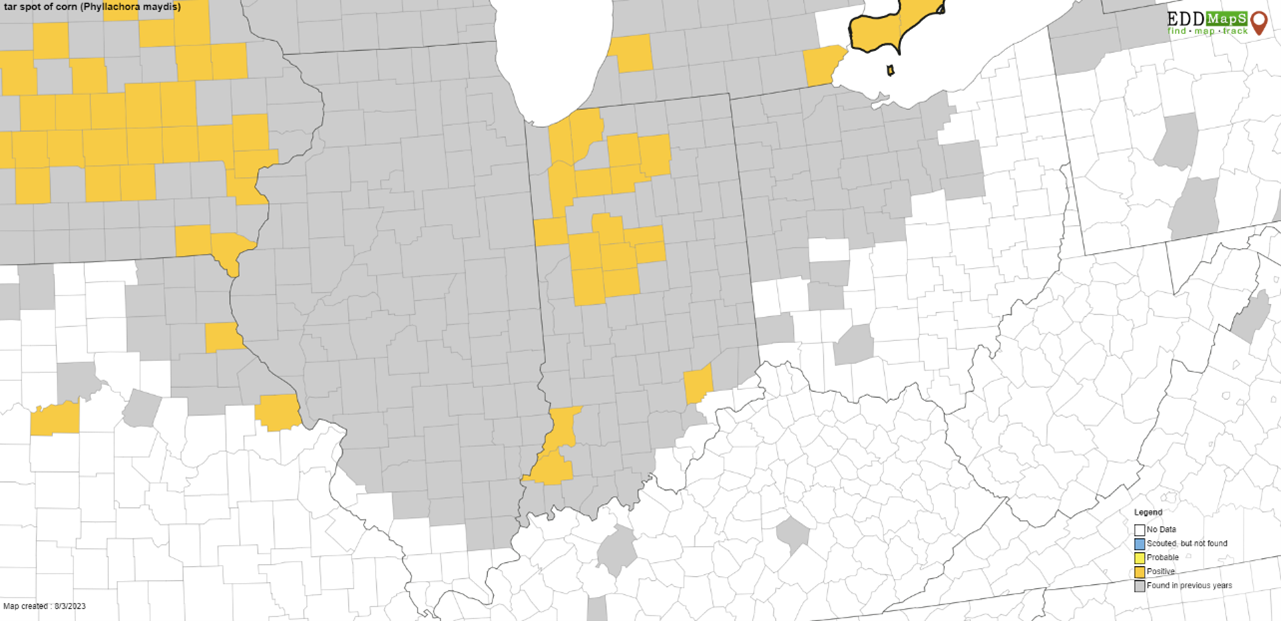
Tar Spot – We continue to confirm counties with active tar spot.

Tar Spot – We continue to confirm counties with active tar spot.
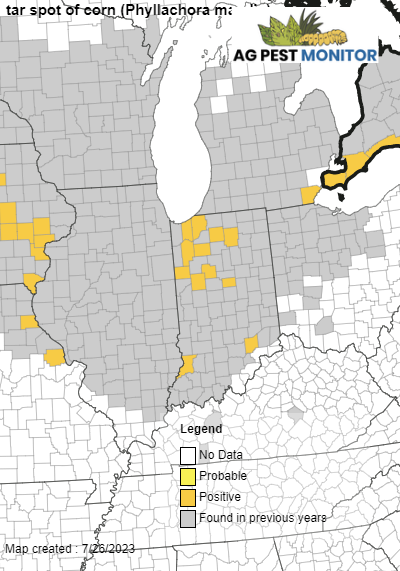
Tar Spot – We continue to confirm counties with active tar spot. Twelve counties have been confirmed as of July 29, 2021.
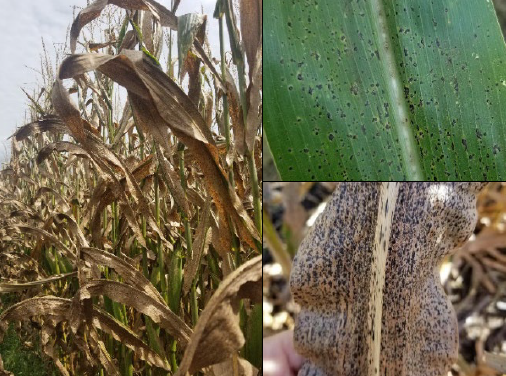
If the farm saw severe tar spot.
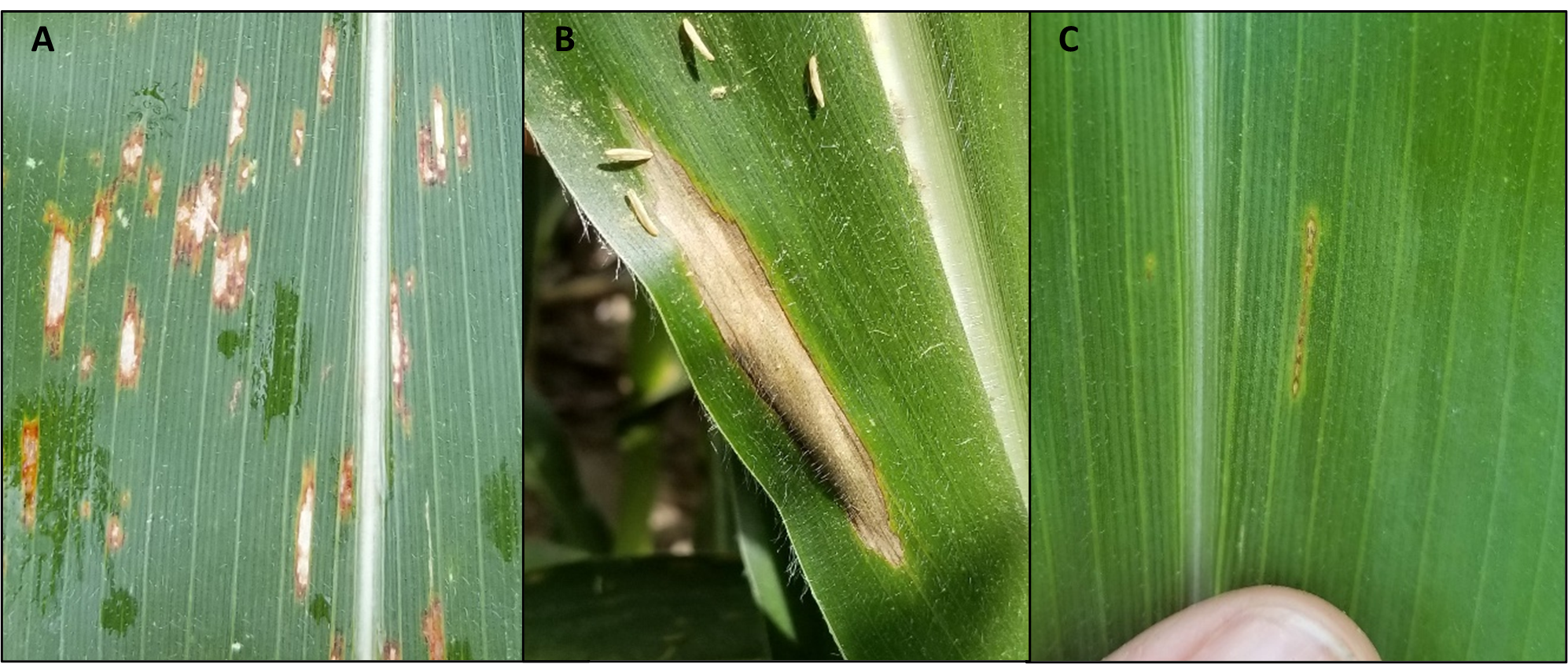
Corn growth stages are quite variable across Indiana but a number of areas with early planted corn about waist high.
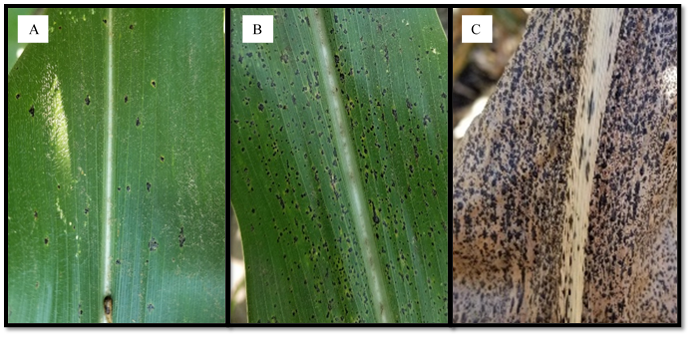
In Indiana, tar spot has been an annual concern since 2018 when growers experienced 20-60 bu/A loss.
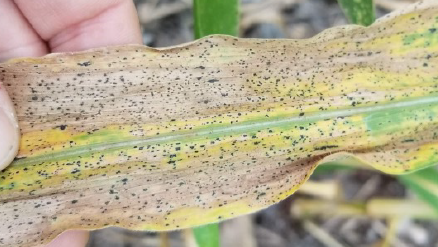
Farmers and crop specialists: please help us with a tar spot and fungicides survey
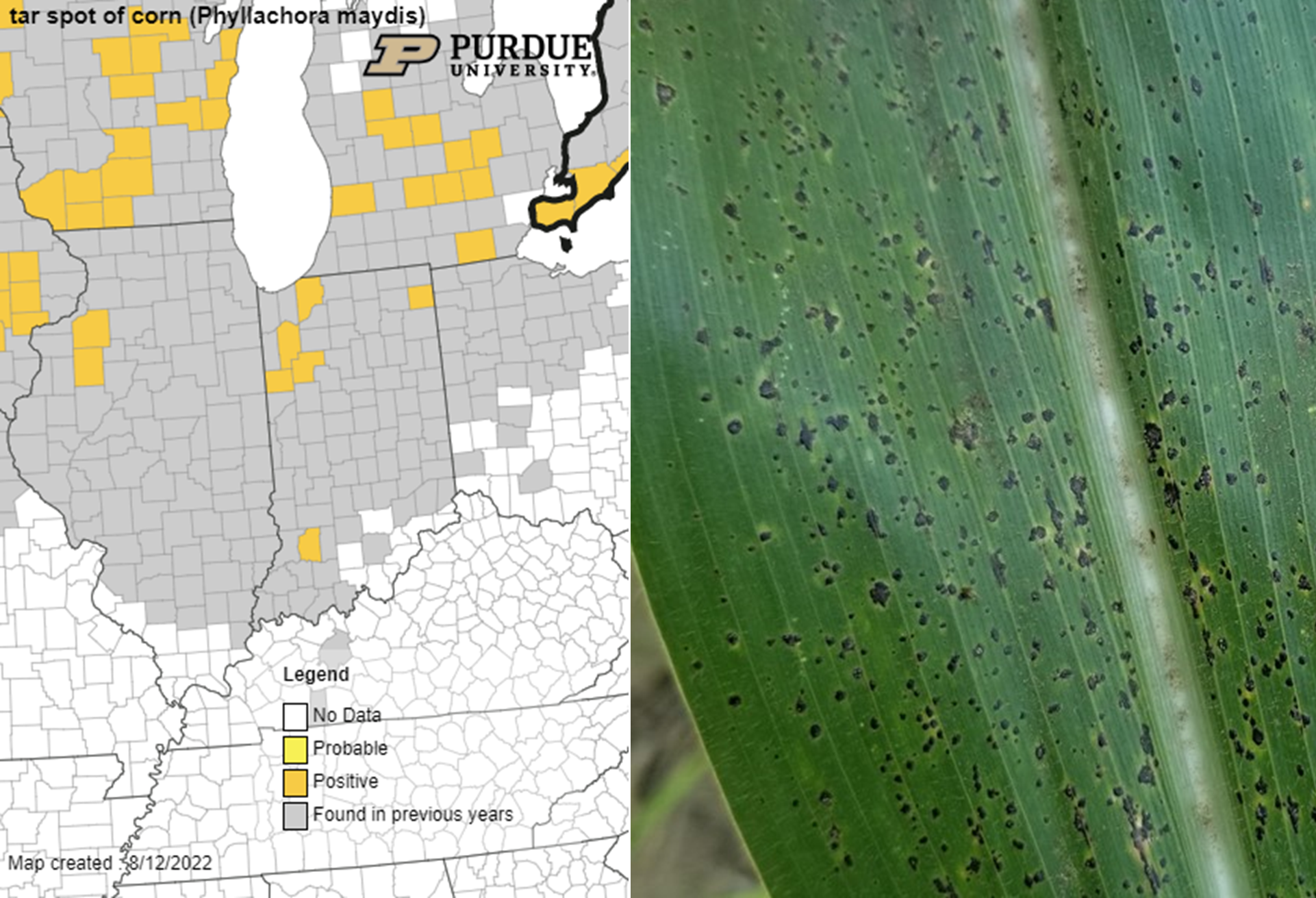
Tar spot continues to be found in Indiana and our first confirmation of southern corn rust happened this week (Figures 1 and 2).
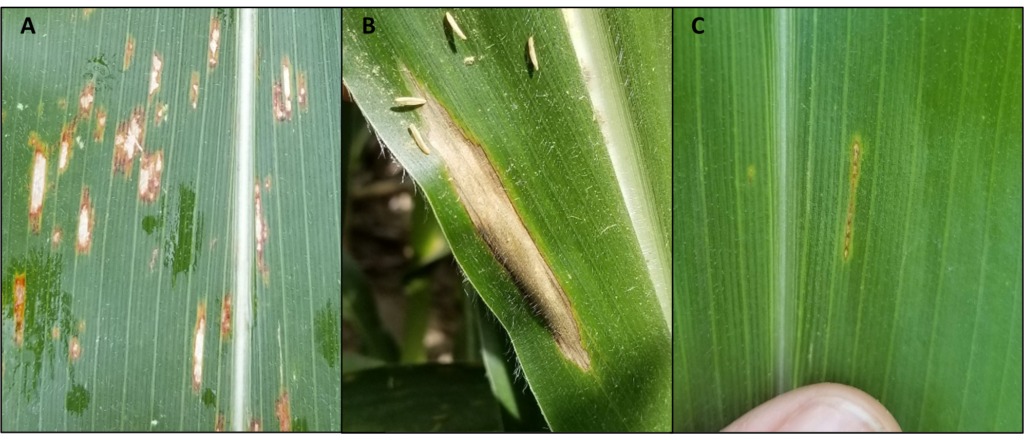
Yes, we have found active tar spot in Indiana.
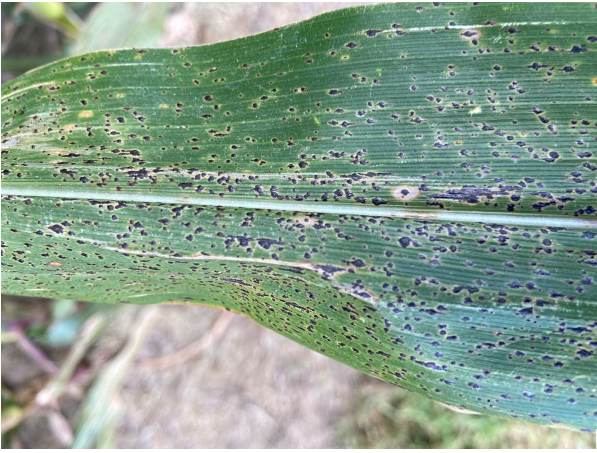
Due to its relatively recent U.S. discovery and its ability to cause significant production and economic losses, tar spot is often a topic of angst and anxiety amongst corn farmers and agronomists in Indiana.

It is important to monitoring for diseases to make an informed decision if a fungicide is necessary.
© 2025 Purdue University | An equal access/equal opportunity university | Copyright Complaints | Maintained by Pest&Crop newsletter
If you have trouble accessing this page because of a disability, please contact Pest&Crop newsletter at luck@purdue.edu.